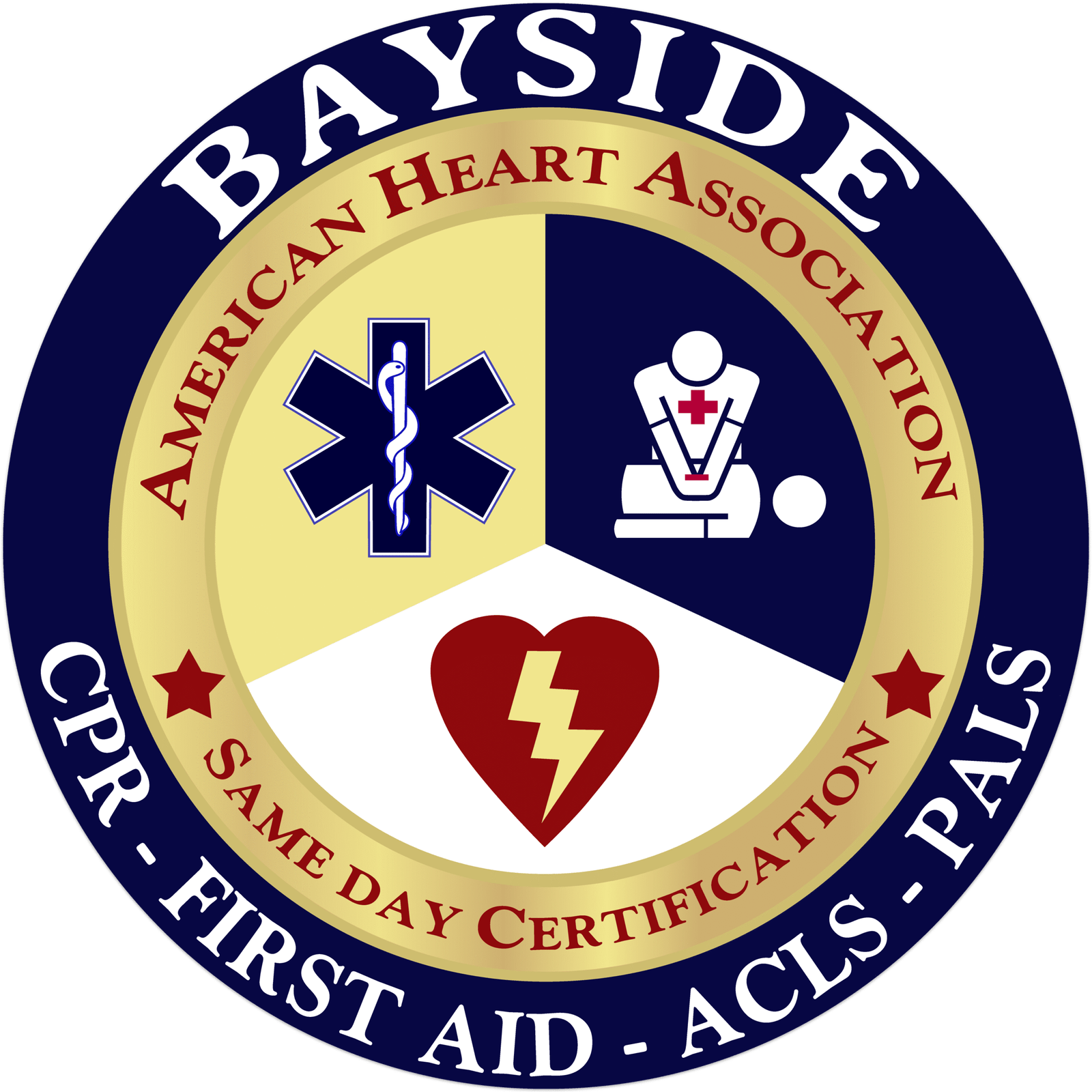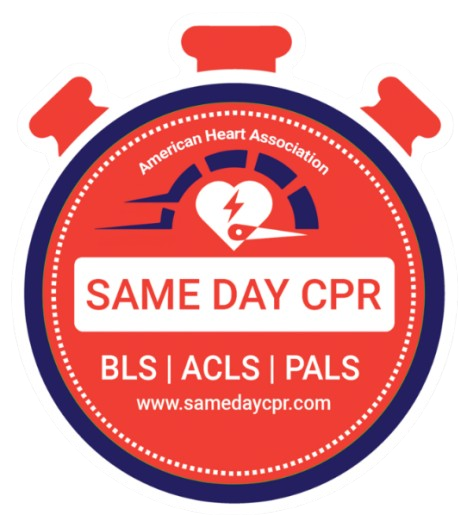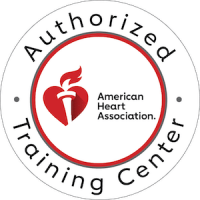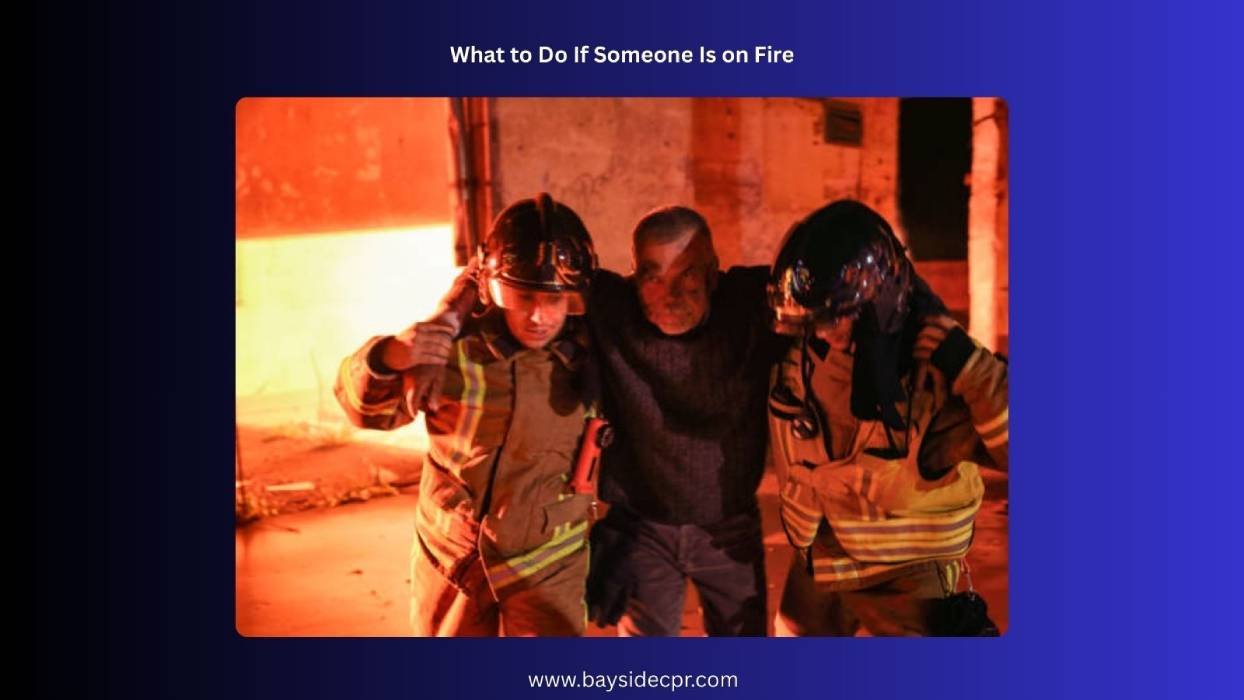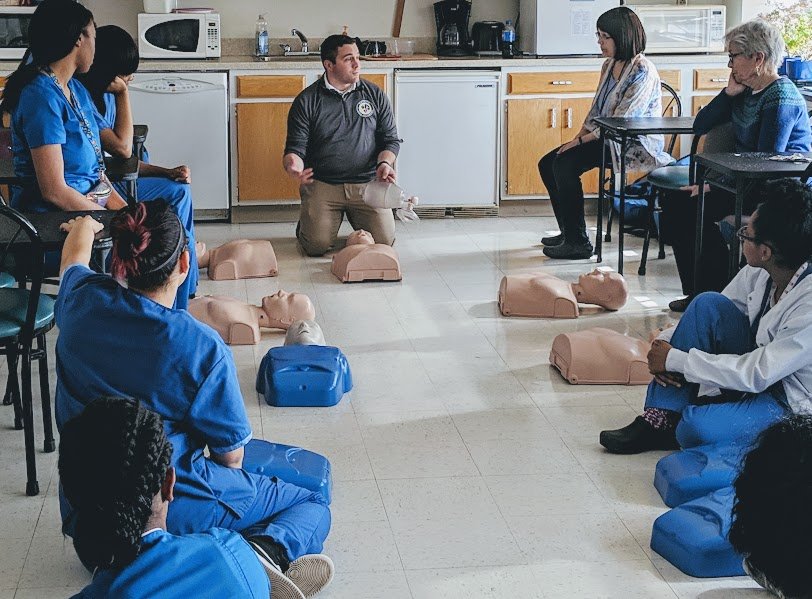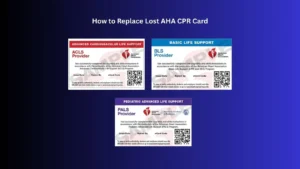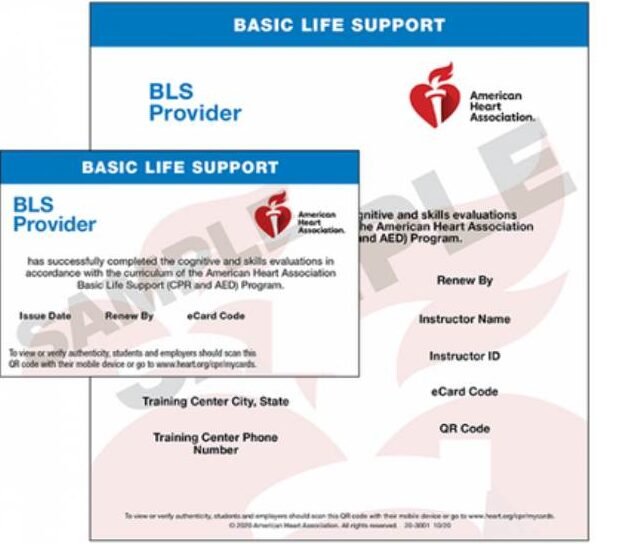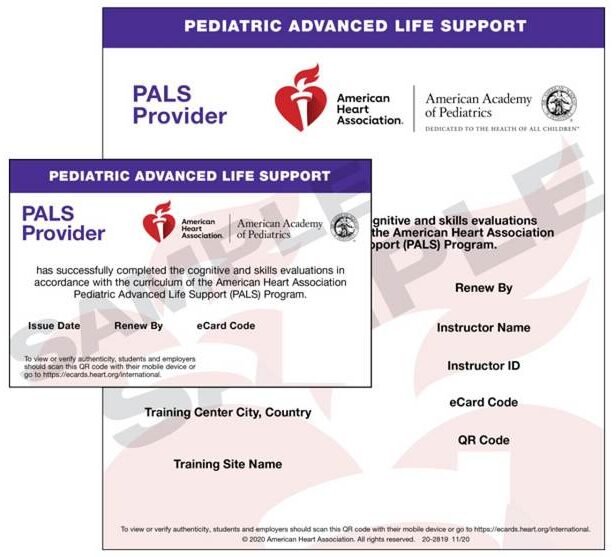If someone catches fire, every second counts. Quick action matters because flames can spread rapidly and injuries can get worse if you wait. Staying calm helps you think clearly and act effectively, while panic can make things harder and lead to more harm. Knowing the right steps, how to stop, drop, and roll, call for help, and cool burns, can turn a scary moment into a safer one. This guide shares simple, practical actions you can take to protect someone and get them the care they need fast.
Steps to Help When Someone Catches a Fire
If you see someone on fire, act fast but stay calm so you can think clearly and help safely. Here’s a simple, step-by-step guide you can follow to protect them and get help quickly.
Step 1: Ensure the Scene is Safe
First, make sure you and the person are not in more danger. Move away from anything that could catch fire again and turn off gas or electricity if you can do so safely. Keep bystanders back and watch for spreading flames. A calm, careful approach helps you think clearly and act fast.
Step 2: Immediate Actions: The Stop, Drop, and Roll Method
a. Stop: Stop moving when you feel flames. This hinders the fire from getting bigger and buys you time to act.
b. Drop: Bend down and fall to the ground to keep flames from climbing higher.
c. Roll: Cover the face with your hands and roll over and over to smother the flames. The goal is to starve the fire of air. If the person cannot roll, use a fire blanket, a heavy jacket, or a thick non-synthetic cloth to smother the flames. Avoid anything made of plastic or that could melt onto skin. Stay low to reduce smoke exposure.
Step 3: Use Water
If there is nearby water and it’s safe to use, splash it on the flames to help extinguish the fire. Water is effective for fires from clothing or simple materials. But don’t use water if the fire involves fuels like grease or kerosene, or if electricity is involved, since that can make things worse.
Step 4: Use a Fire Extinguisher
If flames are still burning and you have a fire extinguisher, use it only if you can do so safely without putting yourself at risk. Follow the instructions on the device and aim at the base of the fire. If you can’t put out the flames quickly, focus on getting the person away from danger and calling for help.
To use a fire extinguisher, remember the PASS method:
a. Pull the pin: This releases the locking mechanism, allowing the extinguisher to discharge.
b. Aim low: Point the extinguisher nozzle at the base of the fire, targeting the source of the flames, not just the flames themselves.
c. Squeeze the handle: This activates the discharge of the extinguishing agent.
d. Sweep from side to side: Move the nozzle back and forth across the base of the fire to effectively cover the area and extinguish the flames.
Step 5: Call for Medical Help
Dial emergency services as soon as you can. In the United States, that means 911. Even small burns may need medical care, and fast action can prevent worse injuries. If possible, assign someone to place the call while you stay with the person and provide initial care.
You Might Be Interested In: Steps You Should Follow for Any Injury or Environmental Emergency
Step 6: Call the Fire Brigade
If the fire is spreading or you cannot control it, call the fire brigade immediately. Tell them the location and what happened. While you wait for professionals, keep the person calm, move them to a safe spot, and continue cooling any burns if you can do so safely.
What to do After Rescuing a Victim from Fire?
After you rescue someone from a fire, stay calm and act quickly to keep them safe. Here are the steps to follow next.
1. Move the Victim to a Safe Area
Help the person walk or carry them to a quiet, safe place away from flames, smoke, and hot surfaces. Keep calm and steady and avoid rough movements. Once you’re somewhere safer, stay with them and check on their condition.
2. Check Responsiveness and Breathing
Gently wake them and ask if they can hear you. Look to see if the chest rises and falls. If they aren’t awake or are not breathing normally, call for help right away and start appropriate first aid while someone fetches emergency services.
3. Cover the Victim with a Clean Cloth or Blanket
Lay a clean cloth or light blanket over the person to help them stay warm and protect their skin. Do not rub or scrub any burns, and avoid putting pressure on injured areas. Keep them comfortable and watch for changes in how they feel.
4. Remove the Restrictive Cloth and Jewelry
If there is fabric around the neck or jewelry that could tighten from swelling, carefully loosen it. Do not drag hard or pull on anything stuck. The goal is to prevent swelling from cutting off circulation, so do this gently and only if it’s easy to do.
5. Seek Urgent Medical Care
Even if the person seems okay, medical help is important after smoke exposure or burns. Call emergency services or go to an urgent care or hospital. Tell the responders about smoke inhalation, burns, and any symptoms the person has to guide treatment.
Common Mistakes to Avoid After Rescuing a Victim from Fire
After rescuing victims from a fire, stay calm and avoid these common mistakes for better healing.
1. Do Not Use Ice or Very Cold Water
After rescuing someone from a fire, avoid putting ice or very cold water on their skin. A cold can hurt exposed tissue and make the situation worse. Instead, cool the area gently with room temperature water if needed, and only for a short time.
2. Do Not Apply Ointments, Creams, or Home Remedies
If someone is burned, skip ointments, creams, or any home remedies. These can trap heat or irritate the skin. The safest step is to cover the burn with a clean cloth or sterile dressing and seek medical help.
3. Do Not Peel Stuck Clothes or Skin
If clothing sticks to burned skin, do not pull it off. Peeling can cause more damage. Carefully loosen the surrounding fabric and leave the stuck pieces in place until a medical professional can remove them safely.
4. Do Not Give Food or Drink If the Victim Is in Shock or Unconscious
If the person is in shock or not fully awake, do not give them food or drink. Nausea or choking can occur, and the stomach should be calm. Wait for medical staff to assess and guide you.
5. Do Not Move the Person Unnecessarily
Moving someone who is hurt can cause more harm. Keep them still and warm, unless there is immediate danger like a fire. If you must move them, do so with great care and follow proper guidance.
6. Do Not Break the Blisters
Do not burst or pop any blisters. Blisters protect the skin, and bursting them can lead to infection. Let a clinician decide the right way to handle them during treatment.
Blisters: A small bubble on the skin filled with serum and caused by friction, burning, or other damage
Prevention Tips to Stay Safe from Fire
Fire safety starts with easy daily habits you can do now. Here are practical tips to help you stay safe and keep loved ones protected.
1. Fire Safety in the Home
Make sure smoke alarms are on every level of your house and test them monthly. Keep the kitchen clean and clear of clutter, and stay nearby when you cook to spot any flames quickly. Store flammable liquids away from heat sources in sturdy containers and out of reach of children or pets.
2. Workplace Fire Safety Measures
Know where the fire exits are and keep routes clear at all times. Use fire extinguishers only if you know how to operate them, and report any damage or blocked alarms right away. Practice regular fire drills so everyone knows what to do and where to go.
3. Educate Children About Fire Hazards
Talk with kids about fire danger in simple terms they can remember. Show them how to stop, drop, and roll if clothing catches fire. Teach them not to play with matches or lighters and to tell an adult right away about anything weird or scary. Practice a fire drill together to build confidence and calm.
Quick Action Can Save Lives In An Emergency
In short, if you ever find yourself helping someone on fire, stay calm, act fast, and keep safety first. Quick, clear steps and a steady, friendly approach can calm the person and prevent worse injuries. Remember to call for help, use stop, drop, and roll if needed, cool burns carefully, and keep trying to move everyone to safety until professionals arrive. With preparation and a calm voice, you can make a tough moment safer and easier to manage.
